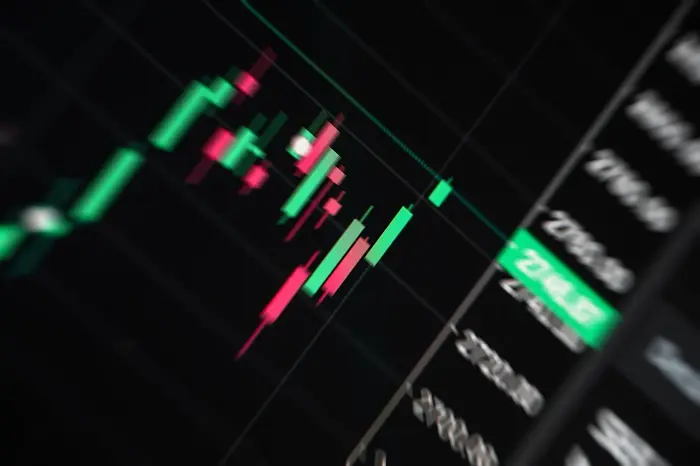Last week, the global financial market may have seen the most panic and bloodshed since 2025. US President Trump announced the details of his reciprocal tariffs. Major media and social media talked about the details and tried to dismantle the motives behind his chess game. However, the market reaction was the most real. Market sentiment deteriorated sharply and US stocks were sold off sharply. The S&P index fell sharply by 10% in two days, evaporating a total of up to 3.5 trillion US dollars in market value. It also exacerbated concerns about global growth expectations. The panic index rose above 30, and the total transaction volume of US stocks last Friday exceeded 26 billion shares, the largest trading volume in history.
Last week, there were no reports that more than 500,000 people in the United States had demonstrated in the capital Washington and other places to oppose President Trump’s policies. This was the largest protest since he took office on January 20. Of course, for Trump, he ignored the protests and even passed the pressure to Federal Reserve Chairman Powell, saying that now is the right time to cut interest rates, which once caused the US dollar index to fall below 103 and then plummeted to 101.3. On the other hand, Powell also happened to have a speech when the market fell sharply last Friday. Compared with the last time he mentioned tariffs, although he also mentioned that the tariffs were larger than expected, the inflation effect might be amplified as a result. His judgment might be larger in the short term, but it was not enough to change the Fed’s immediate policy change. The Fed still has time and space to continue to observe and discuss in detail after the relevant policies are settled. Since there was no interest rate meeting in April, the market still expected a rate cut in June at the earliest. Powell did not change his position. The US dollar index still had a significant interest rate advantage against most foreign currencies before June. In addition, technically, it fell sharply from the 105 level to the 2023 and 2024 low support zone of 99.6 to 100 levels. Powell’s remarks became an excuse for short-term friends to take profits and rebounded to the 103 level. On the contrary, the expected Fed Put fell through, which also became the reason why US stocks continued to fall that night. Of course, the next focus of the market will be to observe how a number of countries respond, and also to think about whether Powell’s statement that there is room to wait will lead to changes before the May interest rate meeting. If there are changes, it will become an excuse for the US dollar to test again.
However, if Trump’s tariffs lead to continued price increases, the Federal Reserve will focus on controlling inflation, and the Federal Reserve will not dare to cut interest rates too early. There is a divergence in the foreign exchange market. The Australian dollar, which was sold off due to the concept of trade war, once hit a new low this year and in five years. On the contrary, the US dollar fell to 144.5 against the Japanese yen but eventually closed at 147. Looking ahead to next week, the market will continue to pay attention to the negotiations and agreements between the United States and other countries on tariffs. If no agreement is reached and more countries respond with tariffs, the market may usher in another bloodbath. The resistance zone of the US dollar against the Japanese yen is 148.0-149.0, and the stop loss is above 150.5. The support is 143.5-144.5.
- How Much USD is Printed Daily?
- What Is the Oldest Cryptocurrency Exchange?
- What is the First Step in Treating Hearing Loss?































